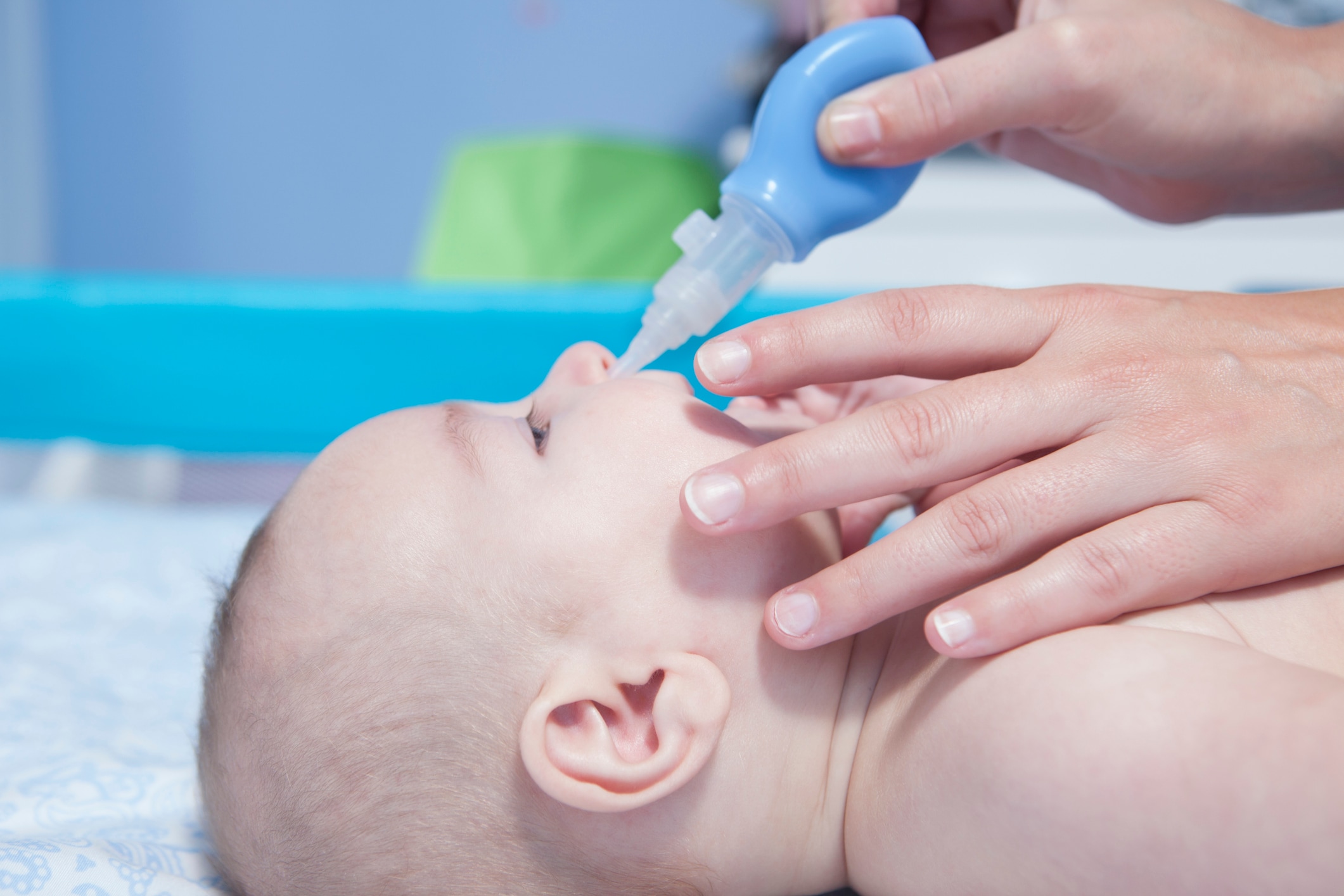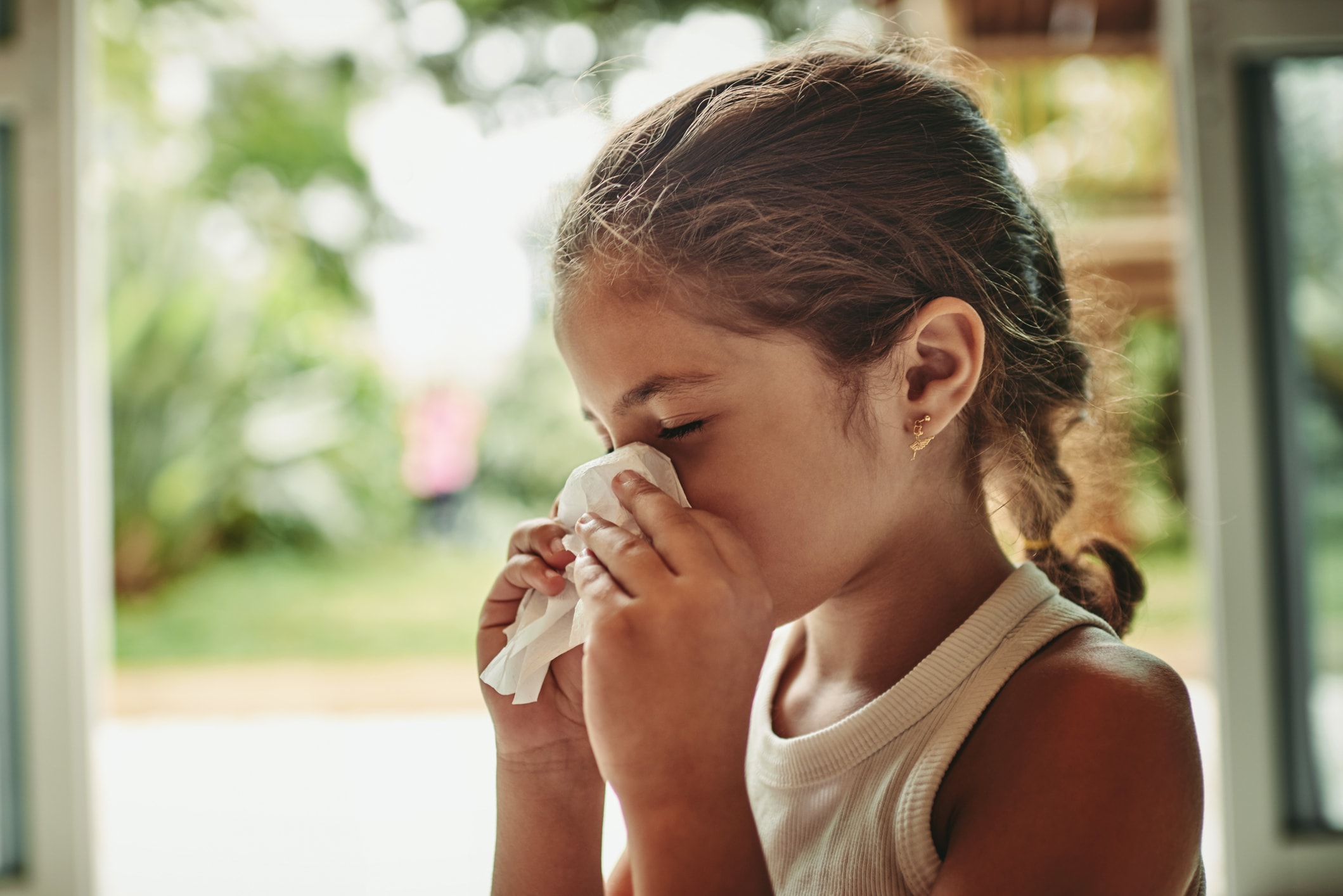Having a toddler who’s open to culinary options other than dino nuggets and plain pasta can feel like a win. But is it OK to offer them more sophisticated fare, such as sushi, when they’re still little?
“Cooked sushi is perfectly safe for kids to eat,” notes Alex Turnbull, a Delano, Minnesota-based registered dietitian specializing in child nutrition and picky eating. Raw fish sushi, however, should give parents and caregivers pause.
Can toddlers eat sushi that includes veggies, fish or other ingredients? And if so, what kinds are safest? Here, experts weigh in on whether or not sushi is safe for kids.
When can kids eat sushi?
Ultimately, it’s best to wait until children are about 5 years old to eat raw sushi, says Dr. Christina Johns, a pediatric emergency physician and the senior medical advisor for PM Pediatric Care. “By 5, their immune systems are more robust, and they’ve received their Hepatitis A vaccine series,” she explains. (More on why this is important in a bit.)
That being said, toddlers can eat cooked sushi, so be sure to keep that in the meal rotation if they’re into it.
“Sushi can be a very healthy food and a nice way to get kids to eat their vegetables,” notes Johns. “So be open minded about the different types of sushi — it doesn’t have to be just fish!”
Is there a “safe” way to introduce sushi?
Just as you did with baby food, start off slow — and cooked — when it comes to sushi. “Introduce sushi by giving vegetable- or egg-based sushi, along with cooked fish,” notes Johns.
By giving toddlers cooked and/or veggie-based sushi, you’re introducing them to a new food while reducing the risk of an allergic reaction or foodborne illness, which can be found in raw fish.
What type of sushi is safe for toddlers?
“The safest option would be to start with a veggie-based sushi roll,” says Turnbull. And from there, you can move on to sushi that’s fully cooked and “preferably utilizes fish or shellfish that are low in mercury such as salmon, shrimp or crab,” she says.
Here are a few sushi options for toddlers, as recommended by the American Academy of Pediatrics (AAP):
- Avocado rolls.
- Vegetable rolls (cucumber, carrots, spinach, etc.).
- Cooked salmon rolls.
- Cooked crab rolls.
Both salmon and crab contain little to no mercury.
What are the risks of toddlers eating sushi?
There are several concerns related to sushi and kids, including:
1. Choking
“First, there is the mechanical concern of choking if a child tries to swallow a piece whole,” notes Johns.
In other words, that sticky rice, fish and seaweed may be tricky for little ones to eat. To minimize any choking risk, always cut cooked sushi and sushi rolls into small pieces before serving them to toddlers.
2. Mercury exposure or poisoning
“Then it’s important to be aware of mercury levels in various fish,” Johns continues. Mercury exposure can cause severe health problems for children, including long-term cognitive impairments.
“While a child would need to consume a large amount of mercury on an ongoing basis for it to be truly toxic, it’s smart to be mindful about it and avoid too much consumption of fishes known to be high in mercury,” Johns explains.
The Food and Drug Administration (FDA) has a mercury levels in fish chart, which breaks down the concentration levels from lowest to highest.
3. Foodborne viruses and parasites.
There’s also the potential risk for contracting Hepatitis A and other parasites from raw fish. Hepatitis A is a virus that can take months to clear up, while parasites, such as tapeworms, can invade the intestinal tract, causing a host of symptoms. Put another way: You don’t want your child to get it.
Symptoms of Hepatitis A
The following are possible symptoms of acute Hepatitis A in kids, according to the AAP. If your child shows any of these signs, consult a pediatrician:
- Dark urine.
- Light colored stools (pale).
- Itchy skin.
- Yellow skin or eyes (jaundice).
- Fatigue.
- Fever over 100.4 F.
- Nausea or vomiting.
- Abdominal pain.
- Loss of appetite.
- Joint pain.
4. Allergic reactions
And finally, shellfish are a common trigger for allergic reactions, Johns notes, “so there is potential for a food allergy to occur when consuming sushi.”
Signs of an allergic reaction
According to Johns, signs of an allergic reaction, include:
- Rapid onset of swelling around the lips, tongue and eyes.
- Wheezing.
- An overall feeling of itchiness.
- The rapid progression of hives or a hive-like rash all over the body.
If a child displays any of the above (and you do not have epinephrine — i.e., an “epi pen”), call 911 immediately and get them to the nearest emergency room.
Does portion size and frequency matter when it comes to toddlers and sushi?
Portion size isn’t much of an issue when it comes to sushi, Turnbull notes; however, she advises limiting sushi containing fish high in mercury, such as tuna, to about “12 ounces per week.”
As an aside, Johns adds that it’s a good idea to monitor the amount of rice-containing sushi rolls that a child consumes, as they can “add up empty, starchy calories quickly and make them feel too ‘full’ to eat a diet more focused on fruits and vegetables.”
Are there any types of sushi toddlers should avoid altogether?
It’s best to avoid sushi containing fish high in mercury, notes Johns, which includes “swordfish, sea bass and tilefish.”
As mentioned, children are advised to avoid raw fish until they’ve had their full course of the Hepatitis A vaccination. Johns also notes that it’s particularly important for toddlers to avoid raw shellfish, as those are most likely to be contaminated and can carry foodborne infections, as well as potentially cause allergic reactions.”
What are the benefits of toddlers eating sushi?
Kids who consume the safest types of sushi for their age group can potentially consume more vegetables and cooked fish than they otherwise would, which Turnbull notes, provide fiber, vitamins and minerals.
“Some sushi rolls will contain avocado, which is a source of healthy fat and fiber for children,” she says. “And fish provides protein, vitamins, minerals and omega-3s, depending on the variety.
The bottom line
Avoid serving raw fish to kids who haven’t received their full round of Hepatitis A vaccines, say experts, but that doesn’t mean you should nix sushi altogether. In fact, offering your toddler cooked or veggie sushi comes with health benefits and it’s a great segue to the real deal.
“Giving toddlers sushi is a great opportunity to expose them to a new type of food and flavor,” Johns notes. “And it encourages them to try new things and widen their taste bud horizons!”





